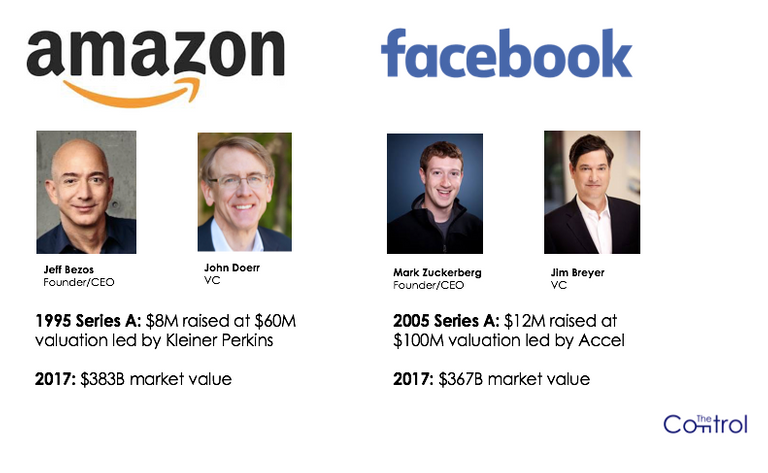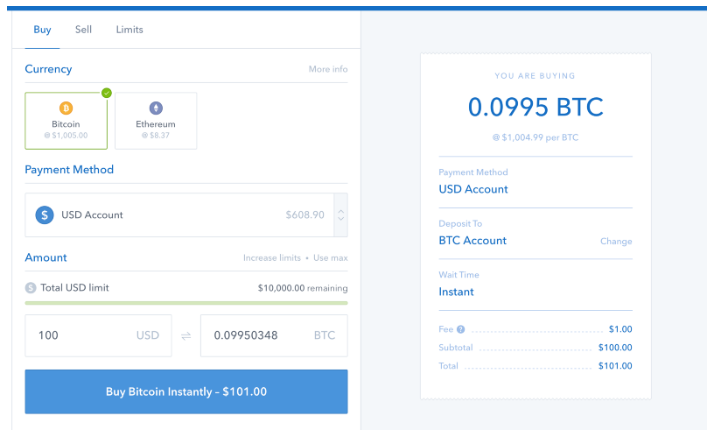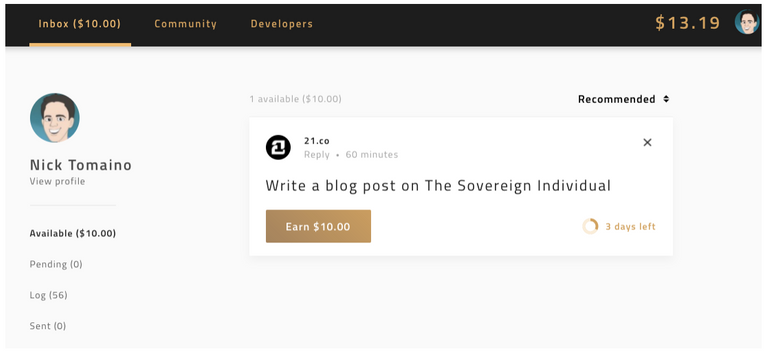Prior to Bitcoin, every tech innovation in history has put money in the pockets of an exclusive few.
During the Internet boom of the late ‘90s, VCs, founders and early employees got rich from the massive growth of Google and Amazon, but there was no way for the masses to benefit from the growth. Similarly, the social media boom of the late 2000s saw VCs, founders and early employees get rich from Facebook and Twitter; the masses again missed out on the same good fortune.

Bitcoin, Ethereum and other open-source blockchains are inclusive by nature, allowing anyone with an Internet connection to benefit from their growth from the start.

Today, if you have a mobile phone, you can buy or earn blockchain assets and securely store them to benefit from the growth of the technology. Here’s how:
How to buy
Go to Coinbase, connect your bank account and buy bitcoin (BTC), ether (ETH) and litecoin (LTC) just like you’d buy shares of Amazon, Google or Facebook on Fidelity.com. Coinbase is the trusted onramp for the majority of first time buyers of digital currencies.

There are several blockchain assets that can’t be bought and sold on Coinbase today such as monero (XMR), zcash (ZEC), reputation (REP) and ripple (XRP). To buy these, the easiest option for beginners is Kraken. Kraken offers the ability to buy and sell over 12 blockchain assets and has proven to be one of the quickest exchanges at adding new assets.
How to earn
There are challenges to buying blockchain assets online. You need to enter personally identifiable information and rely on antiquated banking infrastructure, which comes with steep fees and long delays (anywhere from 1 day to 1 week). Additionally, only a small subset of the population has a bank account in the limited regions where Coinbase and Kraken exchange services are offered.
For those interested in investing time rather than money in the ecosystem to gain exposure to its growth, you can earn blockchain assets the following ways:
- 21 Tasks: 21 Tasks is a global version of Mechanical Turk enabled by Bitcoin. The service allows you to answer surveys, write blog posts and make tweets in exchange for BTC. It just went live to the public and you can signup on the web here and on iOS here. I’ve earned $68 in BTC using the service in the past few weeks.

Steemit: Steemit is a censorship-resistant social network that rewards content creators for their work. You can sign up here, post content and earn STEEM. You can then either hold on to that STEEM, or convert it to BTC, ETH, or whatever other blockchain asset you’d like using Shapeshift.
Supload: Earn BTC for uploading and sharing photos.
There are a number of other services that pay out bitcoin for more specialized skills, like HackerOne for security experts and Premise for people that collect information in remote parts of the world. Look out for more of these types of services to emerge in 2017.
How to securely store
Regardless of whether you buy or earn, you must securely store your blockchain assets. While Coinbase and Kraken are great for buying/selling, they’re not ideal for securely storing. For that, you’ll likely want to move your assets offline to one of the following user-controlled wallets (wallets where the private keys of the tokens are stored locally):
User-controlled hardware wallets: Ledger offers the best user-controlled hardware wallet on the market. You can buy a Ledger Nano S for ~$61 and transfer the tokens bought on Coinbase or Kraken to your Ledger, which currently stores bitcoin, Ether and Zcash. As long as you keep your seed secured, your funds are safe even if you lose the hardware.
Desktop wallets, stored offline: For those assets that the Ledger Nano doesn’t currently support, downloading desktop clients and storing the assets offline is a good approach. You can check out the Monero client here, the [Sia client here}(http://sia.tech/apps/) and the Zcash client here. It is highly recommended that you use a secondary computer for this, and that you generally keep that computer offline.
It’s still the early days
To be clear, it is still the early days in this space. The vast majority of the value in blockchain assets to date is speculative in nature and it’s possible that the existing blockchains are not the blockchains that bring decentralized technology to the mainstream for uses beyond speculation. It’s also possible that the vast majority of new projects in the space that emerge fail, so be skeptical of ICOs. Only invest time and money in the space that you can afford to lose.
NOTE: THIS WAS ORIGINALLY PUBLISHED ON MEDIUM

About me: I run The Control and am an investor at Runa Capital, an early stage venture fund. Previously, I worked on business development and marketing at Coinbase and as an Associate at North Atlantic Capital. My work has been featured in publications like the Wall Street Journal and Entrepreneur and I’ve guest lectured at the Yale School of Management.
Hi! I am a robot. I just upvoted you! I found similar content that readers might be interested in:
https://thecontrol.co/a-tactical-guide-to-investing-in-blockchain-assets-37f619d28960